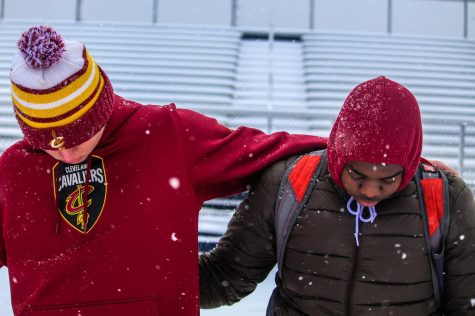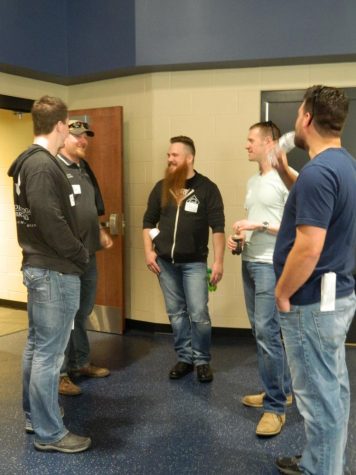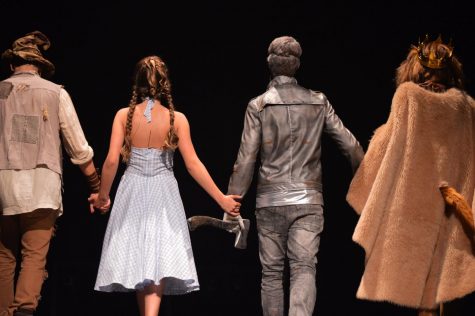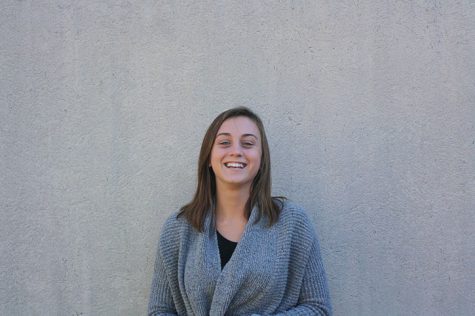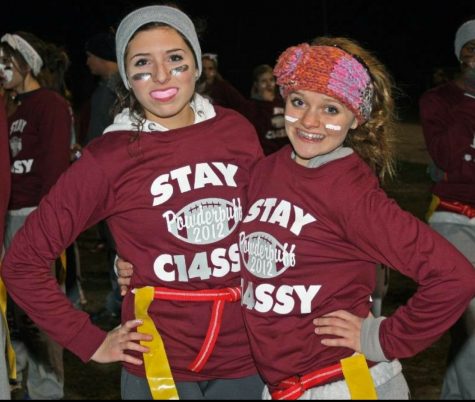School community moves forward, stronger, in light of threats
Tension was rising among Streetsboro students and the community the week of February 18-24, due to the Parkland shooting in Florida, and the 13 year-old, middle-school male who shot himself in Jackson, Ohio.
After these events, two separate reports were provided on the Safe Schools Anonymous Tip Line on February 21.
One report said a student was going to harm Streetsboro students, while the other was a Facebook post, which said, “Yes SHS is the school I want. I will not being [sic] telling people what my name is, but I will bring a gun to school Tomorrow, so be prepared to hear shoots. [sic]”
This post circulated nationwide and concerned all schools whose initials were “SHS.”

“That was created by somebody that had one goal in mind,” said Assistant Aaron Newman, “to create as much panic and hysteria as possible.”
He said the reports were “completely explored” by the Streetsboro Police Department and found to be “completely without merit,” he said.
The community was still on edge.
“Because of the confluence of events for us,” Newman said, “it was like a storm. And storms pass eventually.”
Principal Jamie Hogue said the events “snowballed,” after rumors began to circulate around social media.
Because of this, an email was sent out to remind teachers to be more visible in the hallways and more firm about phone usage. Hogue said it was better to “be off social media,” especially during a week where tensions were high.
“It was palpable,” Newman said, “you could just feel it.”
Hogue said the district made “every attempt” to communicate that there was no threat.
“If Mr. Newman,” he said, “or I, or Mr. Daulbaugh thought that there was any level of threat toward the school, we wouldn’t have school. We’re not risking things. We’re not gambling. We’re not playing the percentages.”
Despite what Hogue said, 160 students were absent February 22 the day after the threats.
Because of the absence of 20% of the student body, and students reporting discomfort about all being in the auditorium, Hogue called off the monthly school meeting.
“I think there were kids that thought there was a threat made,” Hogue said, “and there was never a threat. But, I certainly didn’t want kids to feel uncomfortable.”
Sophomore Lynn Hadam said it “definitely brought on a lot of anxiety” seeing a large number of students not at school February 22. It made her think something was going to happen.
She wanted to stay home that day but could not because she could not afford to miss class.
“My dad wanted me to stay home,” she said, “but my mom knew I would be safe at school, so I ended up going anyway.”
Senior Paige Schassar-Biltz and her boyfriend, junior Shaheen Ghahremani, said they argued over whether to attend school or not that day.
Ghahremani wanted to go to school, while Schassar-Biltz wanted to them to stay home.
“I didn’t actually think that something was going to happen,” Schassar-Biltz said, “but I was scared to come just in case something did happen.”
For years, students have been practicing A.L.I.C.E. drills as a way to help them know what to do in a situation where there is a school shooting. “A.L.I.C.E.” is an acronym for Alert, Lockdown, Inform, Counter, and Evacuate.
Hogue said it’s the mental process of that counts.
“I think there’s a lot of value of kids sitting back and thinking,” he said, “so, when it does happen, kids can do what they’re supposed to do without thinking.”
A.L.I.C.E. drills typically take place during intervention, which concerns students like Schassar-Biltz.
She said she would rather drills take place during classes because violent acts “would [be] more likely to happen during class than intervention.”
The reason many A.L.I.C.E. drills take place during intervention, Hogue said, is because “the intervention teacher‘s someone we lean on to have a good relationship with kids. “I don’t think it matters where a kid is sitting,” he said. “I think it’s just important that we walk through the idea.”
The building administrators said the district is also focused on preserving mental wellness.
“A more common problem from a day-to-day basis is the mental health of students,” Hogue said. “We’re working every day to promote positive decisions.”
Hadam said schools should be more self-aware of mental illnesses and know the students who do have mental illnesses.
“If you have a mental illness,” she said, “and…you feel like you can’t talk to anyone because you just don’t feel safe, that’s an issue, and schools should be more open to be talking about and teaching about mental illnesses and what causes them, and how to help them.”
She said it would make someone with a mental illness feel better because “they would know they’re not alone, and they would know that they don’t have to be scared of what they’re dealing with, and they don’t have to deal with it by themself.”
Hogue said guidance counselor and club adviser Ira Campbell is the number one reason the school has a good school climate and positive atmosphere.
“Actively Caring for People…makes every kid feel like they’re a part of the community,” Hogue said. “[This is] exactly what schools should be striving to accomplish.”
Another way the school is creating a positive atmosphere is PBIS, focusing on “The BORO Way.”
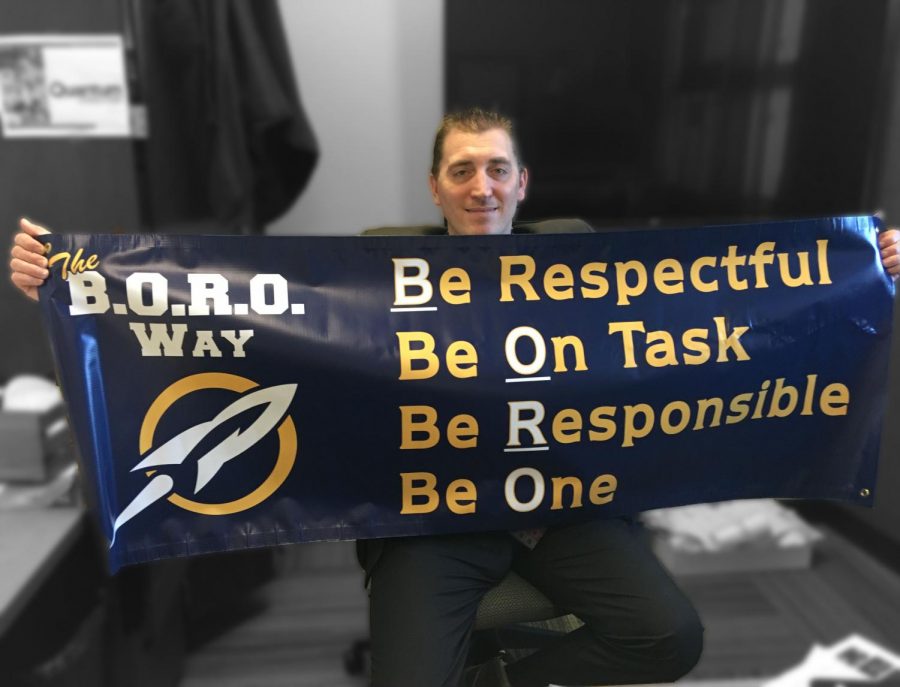
He said this program will be have a “slow buildup” and its impact will not happen overnight.
The goal of “The BORO Way” is to create “one, united school community.”
“It’s all part of the picture of a safe and secure building with conditions that are conducive to teaching and learning,” Newman said.
Rallying together in the spirit of the BORO way, students are participating in the nationwide walkout March 14 at 10:00 a.m.
“We’re not here to make protests or make statements,” Hogue said, “but students are.”
He said students have a right to express themselves within reason, and it is the “type of independent, critical thought that we want to promote in the school.”
Both administrators said they were proud of how the students have handled the situation.
“This is a tight-knit building,” Newman said. “All in all, I think we grew closer as a building…I felt like we rallied around each other.”
Your donation will support the student journalists of Streetsboro High School. Your contribution will allow us to purchase equipment and cover our annual website hosting costs.


